1. Overstuffing Furniture
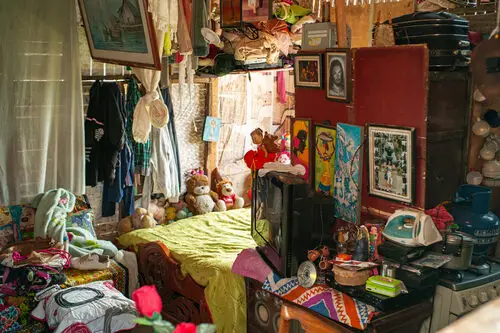
It’s tempting to fill every corner with furniture, but overcrowding can make a room feel chaotic and inexpensive. When furniture is packed too tightly, the space loses flow and looks cluttered. Even high-end pieces can look awkward if they’re competing for space. Less is often more when it comes to furniture placement.
Spacing gives the eye room to rest and makes your pieces feel intentional. People subconsciously associate open, balanced layouts with quality design. A simple coffee table and a few accent chairs often do more for a space than a room full of random items. Arranging thoughtfully creates an airy, curated feel.
2. Choosing the Wrong Paint Finish
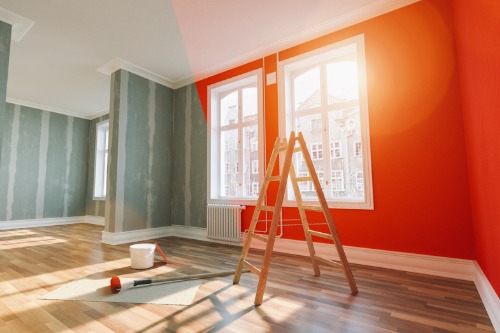
A glossy or semi-gloss finish in the wrong room can make walls look cheap rather than polished. High gloss reflects light in a way that highlights imperfections, while matte finishes tend to hide them and feel more sophisticated. Bathrooms and kitchens are exceptions because moisture and stains need a durable finish. Knowing where and how to use each type of paint can elevate a room instantly.
Even picking the right color isn’t enough if the finish clashes with your space. Trendy colors don’t always translate to high-end vibes if the sheen feels out of place. For example, a chalky matte in a high-traffic area may appear dirty quickly. Understanding finishes is a small detail that makes a surprisingly big difference.
3. Ignoring Trim and Molding
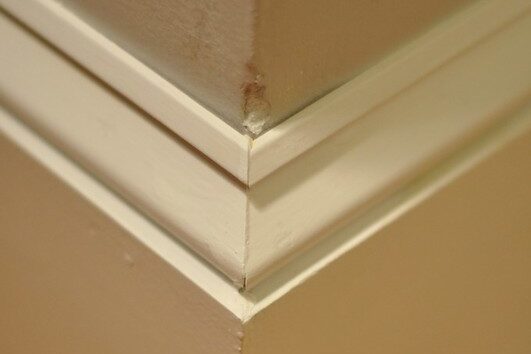
Skimping on baseboards, crown molding, or window trim can make walls feel flat and unfinished. Trim adds depth and a sense of craftsmanship that instantly elevates a room. Even minimalistic designs benefit from subtle detailing. Quality trim makes a space look considered rather than thrown together.
Cheap-looking trim or uneven installation, on the other hand, can backfire. Inconsistent heights or sloppy cuts draw attention in all the wrong ways. Investing in properly measured, well-installed molding communicates care and attention. This small detail can be a major difference between “meh” and “wow.”
4. Skipping Prep Work
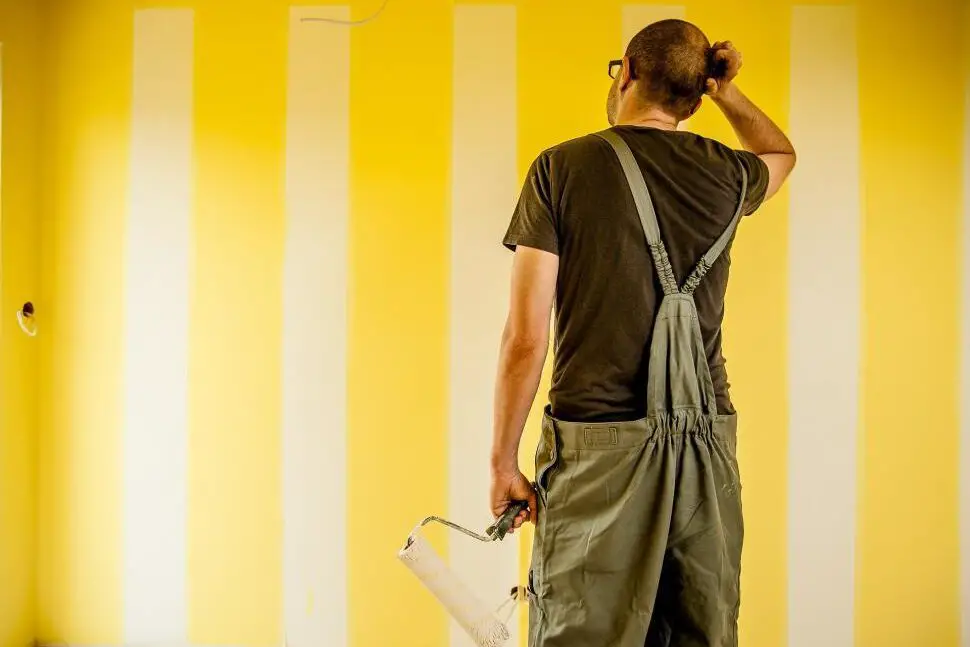
Rushing straight to painting or installing flooring without proper prep can make everything look amateurish. Imperfect walls, uneven surfaces, or dust under paint can create a cheap finish. High-quality results start with sanding, priming, and cleaning. Taking the extra steps pays off in polished, professional-looking rooms.
People notice texture and edges more than color choices. Even a perfect color can look sloppy on poorly prepared surfaces. A smooth, flawless base is the secret to a high-end look. Prep work is invisible, but its effect is undeniable.
5. Misusing Lighting
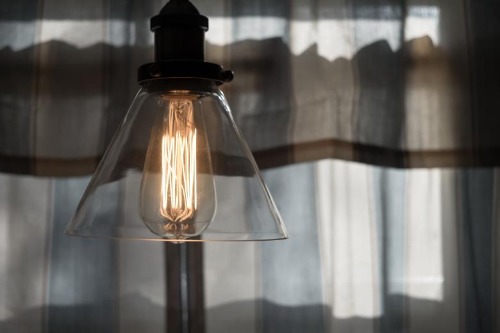
A single harsh overhead light or mismatched lamps can make a room feel unfinished. Lighting sets the mood and highlights your design choices. Layered lighting—ambient, task, and accent—adds depth and sophistication. Without it, even expensive furniture looks flat and lifeless.
Choosing the wrong bulbs is another common trap. Cool white lights can feel sterile, while overly warm lights may appear dated. Dimmable options allow for flexibility and a more refined atmosphere. The right lighting is like jewelry for your home—it’s subtle but transformative.
6. Cheap Hardware Choices
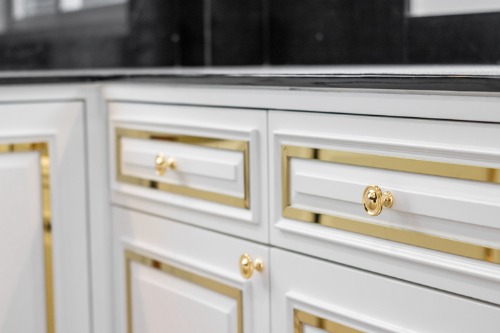
Cabinet knobs, drawer pulls, and door handles are small but powerful details. Plastic or flimsy hardware can instantly downgrade an otherwise well-designed space. Metals like brushed nickel, brass, or matte black feel intentional and expensive. Swapping hardware is a low-cost upgrade with high impact.
Even if your cabinets are custom-made, poor hardware choices stand out. People subconsciously associate sturdy, coordinated hardware with quality. Taking the time to pick durable and stylish options elevates your kitchen or bathroom instantly. This tiny detail can make a surprisingly big statement.
7. Using Outdated Fixtures

Old or mismatched faucets, light fixtures, or ceiling fans scream “I haven’t updated this in years.” Modern, cohesive fixtures give spaces a curated, expensive feel. Even mid-century styles can look high-end if they’re consistent throughout a room. Updating fixtures is one of the easiest ways to make a house feel current.
It’s not about buying the most expensive fixtures, just choosing ones that fit the aesthetic. Styles that clash with your design create visual noise. Matching metals or finishes creates harmony and sophistication. Small fixture upgrades pay off in major style points.
8. Overdoing Patterns
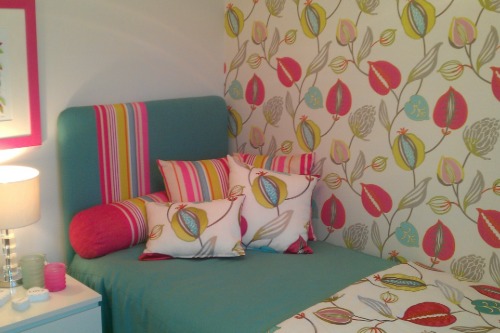
Busy wallpapers, clashing rugs, or too many prints can overwhelm a space and cheapen its look. Patterns are fun, but they need balance and coordination. When everything competes for attention, nothing stands out. Strategically placed patterns add character without sacrificing elegance.
Even high-quality fabrics can feel chaotic if paired incorrectly. Limit bold patterns to one or two focal points per room. Neutrals and solid textures create breathing room for the eye. Thoughtful layering keeps a room feeling curated instead of cluttered.
9. Poor Window Treatments
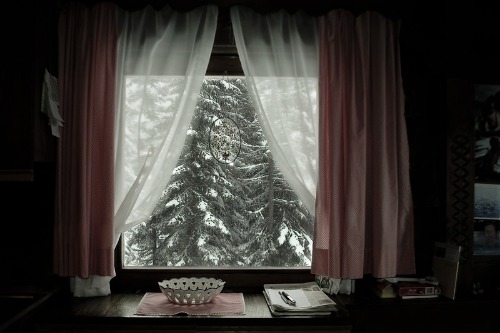
Blinds that don’t fit, curtains that are too short, or cheap fabrics can drag down a room. Well-measured, tailored window treatments frame your windows and add polish. Floor-to-ceiling drapes, even in modest fabric, make ceilings feel taller and rooms more sophisticated. Choosing quality textiles makes a subtle but lasting difference.
Length, color, and mounting height all matter. Curtains that stop mid-window can make spaces feel awkward and cheap. Coordinating fabrics with other room elements adds cohesion. The right window treatments can completely transform a room’s vibe.
10. Neglecting Flooring Transitions
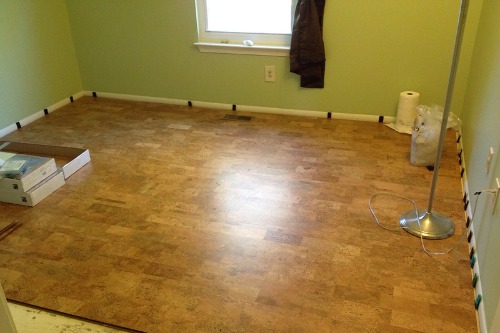
Unfinished or mismatched flooring transitions between rooms can look sloppy and cheap. Smooth, clean transitions signal attention to detail and quality. Whether it’s tile to wood or carpet to hardwood, a proper threshold elevates the space. Flooring might be expensive, but the wrong transitions ruin the impression.
Even small gaps or uneven heights are noticeable. Investing in trim or transition strips makes a big difference visually and functionally. People may not consciously notice it, but their brain registers it. Polished flooring transitions create a sense of completeness.
11. Hanging Art Too Low or Too High
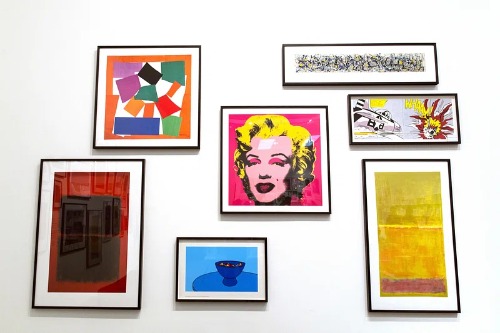
Art placement can make a room feel unbalanced, no matter how expensive the piece. The rule of thumb is that the center of the art should be roughly at eye level. Too low makes walls feel chopped; too high makes spaces feel empty. Proper placement frames the room and enhances the design.
Grouping artwork incorrectly can also create a cheap vibe. Haphazard arrangements feel thrown together rather than intentional. Consistency in spacing and alignment communicates style and sophistication. Well-placed art elevates both the wall and the room.
12. DIY Mistakes with Tile or Grout
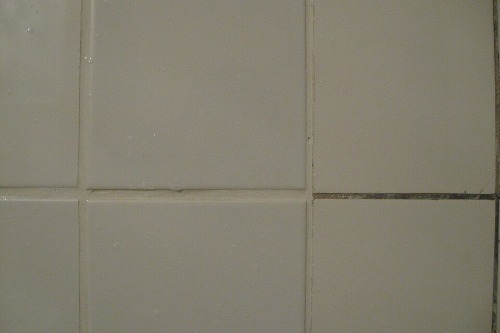
Uneven tiles, inconsistent grout lines, or improper sealing can make a bathroom or kitchen feel like a budget job. Even minor imperfections draw the eye and look unprofessional. High-end tile work relies on precision and clean finishes. Cutting corners here is instantly noticeable.
Color choice in grout also matters. Bright white grout on dark tiles or mismatched shades can appear cheap. Sealed grout prevents discoloration and maintains a polished appearance. Thoughtful tile installation is a visible investment that pays off in perceived quality.
This post 12 DIY Mistakes That Make Your House Look Cheaper Than It Is was first published on Greenhouse Black.
